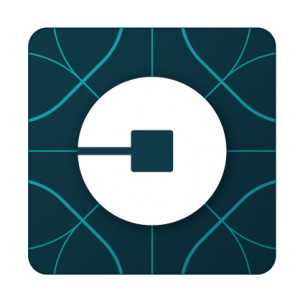
I have been thinking about why Uber is so keen to develop driver-less technology.
In their current business model, they recruit drivers who have cars (most of the time). These drivers show up with their cars on the app when there are riders to pick up. As the rider volume ebbs and flows throughout the day so does the driver volume. It's near-perfect scale-able resource.
Once Uber adopts driver-less car technology, it will no longer need drivers. No more HR and employment headaches. However, it will still need cars. To survive, Uber will become a fleet taxi operation, albeit a fleet of driver-less taxis. If Uber goes all-out driver-less a key question needs to be answered:
Just how many driver-less taxis will Uber need to have in its fleet?
Does Uber design around peak usage? And, as a result recreate the scarcity problem that it originally solved, a ride when you want it. Or does it design around total usage? In which case it will have costly excess capacity sitting idle.
At the moment Uber owns very few cars. If it buys 100,000 cars worldwide, the cost to the business over 5 years could be $300 million a year (Assuming it pays $15,000 per car fitted with driver-less technology) plus running expenses and insurance. These additional costs could be as $5000 a year or $500mn for a fleet this size, giving rise to annual costs of $800mn to operate this fleet. However, a fleet of 100,000 cars wouldn't give Uber sufficient density across the ~500 cities they operate in worldwide to maintain their market position.
The only scenario that is viable is if Uber were to replace all of its driver-owned fleet with driver-less cars. In this scenario it would need to purchase 1 million driver-less vehicles (one for each of the drivers who reportedly work for Uber). Using the same assumptions as before, this would cost Uber $3bn a year plus annual running costs and insurance of $5bn. All in all, $8bn a year. This is quite a drag on the business that ride fees will need to cover.
Using publicly available data, Uber's gross bookings in 2016 were $20bn derived from 700mn rides. Each ride averaging at $28.73 - this might be slightly inflated because of UberEats revenue. On this basis, the revenue from ~280mn rides each year would cover the ownership and running costs of the 1mn driver-less fleet, this represents 40% of gross booking revenues.
At this rate Uber could still be very profitable, but their business-model will shift from a gig-economy business to one with high capital costs baked-in, that is less insulated to changes in technology and culture, as well as being more exposed to threats from direct competitors.
In many ways, the strength of Uber, and similar companies, is their ability to recruit and manage a scale-able resource to meet demand and grow their businesses long term. Although, as many gig economy businesses are realizing, it is hard to build a company using freelancers, so while the adoption of a driver-less fleet will change the nature of ride-hailing companies' economics, it might be the best next step for Uber, et al. in order to maintain growth.


